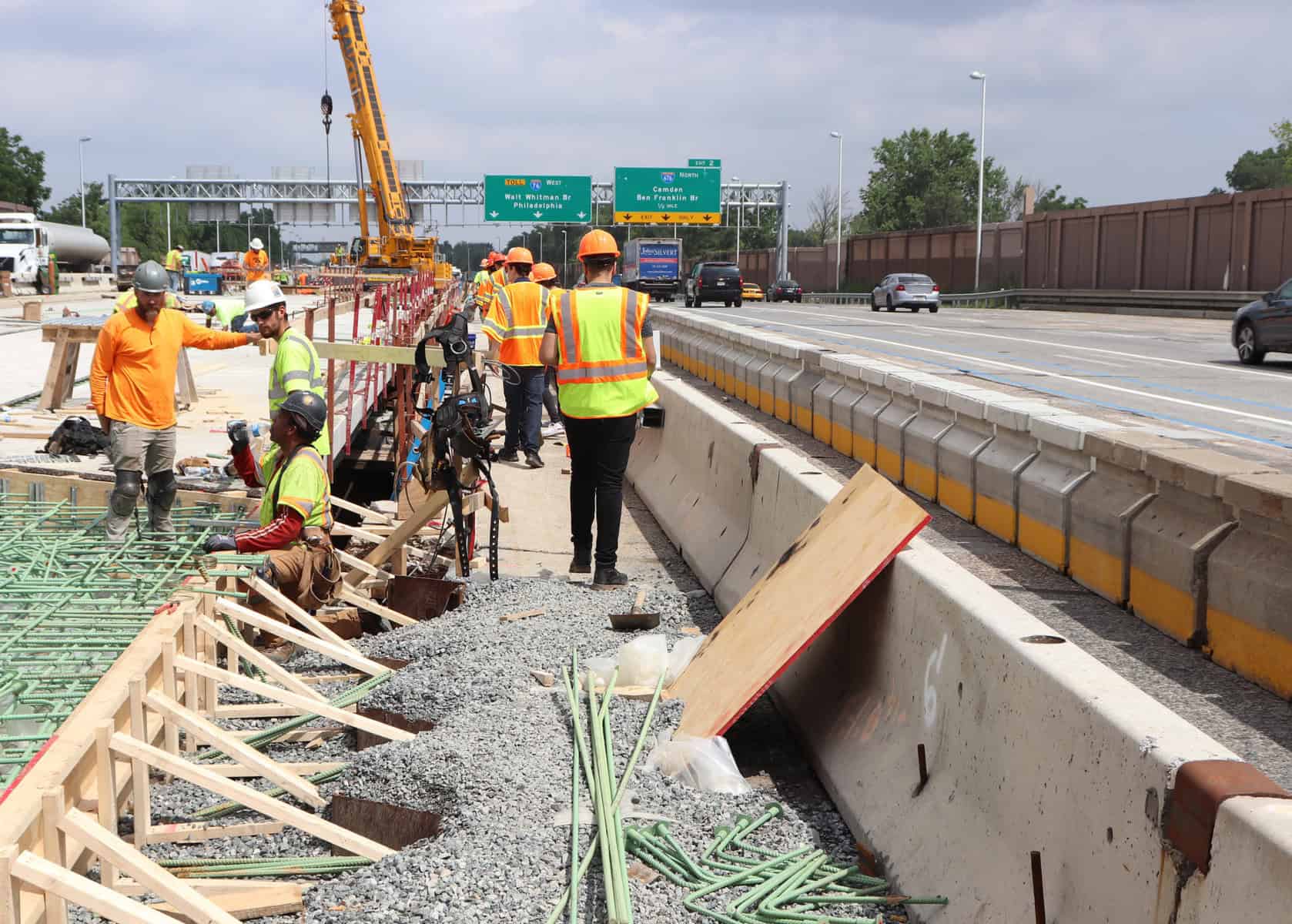By Diane Gutierrez-Scaccetti, NJDOT Commissioner
The start of a new school year is just a few weeks away and with that we will see an increased number of motorists on New Jersey’s roadways. Between hurried school runs, residents returning from vacations, and buses trying to stay on schedule, the pace of activity on our highways, interstates, and local streets will inevitably ramp up. At the same time – on those same roads – more than a thousand road workers each day will be performing their duties to make traveling on New Jersey’s roads safer for all – those who use them and those who work on them.
As commissioner of the New Jersey Department of Transportation, I feel a deep sense of responsibility to the crews, contracted workers and emergency responders who work on our roads every day to improve our infrastructure, save lives and help motorists. They are performing critical jobs, and the highway is their office — an office they share with all types of vehicles and increasingly distracted and speeding drivers. Sadly, even with the best practices and proper equipment in place, all it takes is one careless motorist to turn their day at work into their family’s worst nightmare.
We’ve all seen the signs while driving … Road Work Ahead … Reduce Speed … Safe Corridor — Fines Doubled. But how many people actually heed these warnings, check their speed and slow down? How many think about the vulnerability of road workers just inches away? The answer: not enough of us. And that lack of awareness and empathy has life-changing consequences.
According to NJDOT’s Crash Records Database, there were 6,512 work zone crashes on New Jersey’s state roadways between 2018 and 2020. Of those crashes, 1,460 resulted in injury and 24 resulted in a fatality. That’s a heartbreaking number of families who have had their loved ones injured or killed in work zones.

So how do we lower these numbers? Ultimately, miles per hour matter. The force of a collision increases exponentially with speed. That means the faster you drive, the greater the impact or striking power of your vehicle. When a car or truck strikes a pedestrian, the consequences are often deadly. According to the National Highway Traffic Safety Administration, about 40% of pedestrians who are hit by a motor vehicle going at least 30 mph will die from their injuries. Now imagine the impact of a vehicle going 60 to 70 mph. This is why I’m a huge advocate for the Slow Down, Move Over Law. It’s not a catchphrase — it’s a simple act that can save lives.
Driver inattention is the other contributing factor to crashes in our state. In fact, distracted driving is the number one cause of fatal crashes in New Jersey, accounting for nearly a quarter of deadly motor vehicle crashes in the state. The problem ultimately requires a shift in driver behavior, but increased awareness and education are needed to drive home the message that speeding and distracted driving in work zones kills.
One of the ways in which we can honor those who have lost their lives or been seriously injured while working on our roads is by making a conscious effort to change our own driving behavior. We must work together to increase awareness, educate drivers and ensure the safety of all road users. Talk to your family and friends and remind them to slow down and give road workers space. Teach new drivers the importance of paying attention and driving safely in work zones. Speak up when you are a passenger and the driver is being careless.
Remember that the men and women who brave dangerous conditions every day to improve your roads and critical infrastructure are also fathers, mothers, brothers, sisters, daughters and sons — and they need your help to ensure they will return home to their loved ones at the end of their shift.

